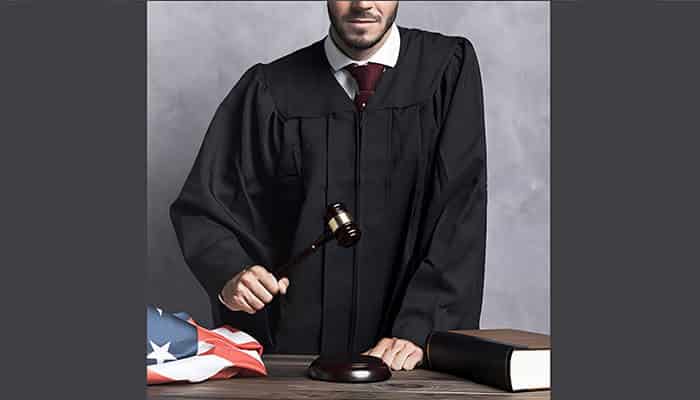Strong evidence serves as the backbone of any wrongful death claim. It proves the cause of death, identifies liability, and supports the compensation sought for the loss. Without clear proof, even the most compelling story may fail to stand in court.
In the United States, more than 333 million people live across a vast landscape with industries ranging from technology to manufacturing, agriculture, and finance. These diverse economic sectors produce different environments where wrongful death cases may arise.
Understanding the legal process to file a wrongful death claim allows grieving families to take decisive steps toward justice while relying on solid, admissible evidence. This post explains the most critical forms of proof that influence the success of a wrongful death case and how each piece strengthens your position.
What Types of Documentation Prove Liability?
Official reports often serve as the foundation of a wrongful death claim. Police reports, medical examiner findings, and workplace incident records detail the facts, sequence of events, and initial conclusions about responsibility. These documents help establish how the fatal event occurred and who bears legal fault.
1. Medical Records
Medical documentation links the death directly to the incident in question. Hospital charts, diagnostic images, and treatment notes show the nature of injuries and the progression leading to death. Clear, chronological medical evidence creates a strong connection between negligence and loss.
2. Witness Statements
Eyewitness accounts offer real-time perspectives that written records alone cannot capture. Statements from coworkers, drivers, or bystanders fill in gaps left in official reports. These testimonies add depth to the timeline and support other pieces of evidence.
3. Expert Opinions
Specialists in fields such as accident reconstruction, engineering, or medicine provide technical insight into the cause of death. Their testimony helps explain complex details in clear terms for a judge or jury. Expert findings usually turn contested facts into proven points.
4. Physical Evidence
Tangible items from the incident, such as defective equipment, damaged vehicles, or safety gear, serve as direct proof of conditions at the time of death. Preserving these items in their original state prevents disputes about their authenticity or relevance.
5. Financial Records

Pay stubs, tax returns, and proof of benefits reveal the economic losses caused by the death. These records help quantify lost income, benefits, and future earning potential. Demonstrating measurable financial impact strengthens the compensation case.
6. Digital Evidence
Photos, security footage, dash cam recordings, and digital communications show events as they happened. Time-stamped images or videos offer indisputable timelines that counter conflicting accounts. Preserving this data quickly ensures it remains admissible in court.
7. Personal Records
Journals, letters, and family photographs illustrate the relationship between the deceased and surviving relatives. This evidence helps convey the emotional toll, companionship loss, and changes to daily life that financial documents cannot express.
Conclusion
The most persuasive wrongful death claims rely on a blend of factual, medical, physical, and emotional evidence. Each piece works together to form a complete picture of loss, liability, and impact. Gathering these evidence early strengthens the path toward justice.



